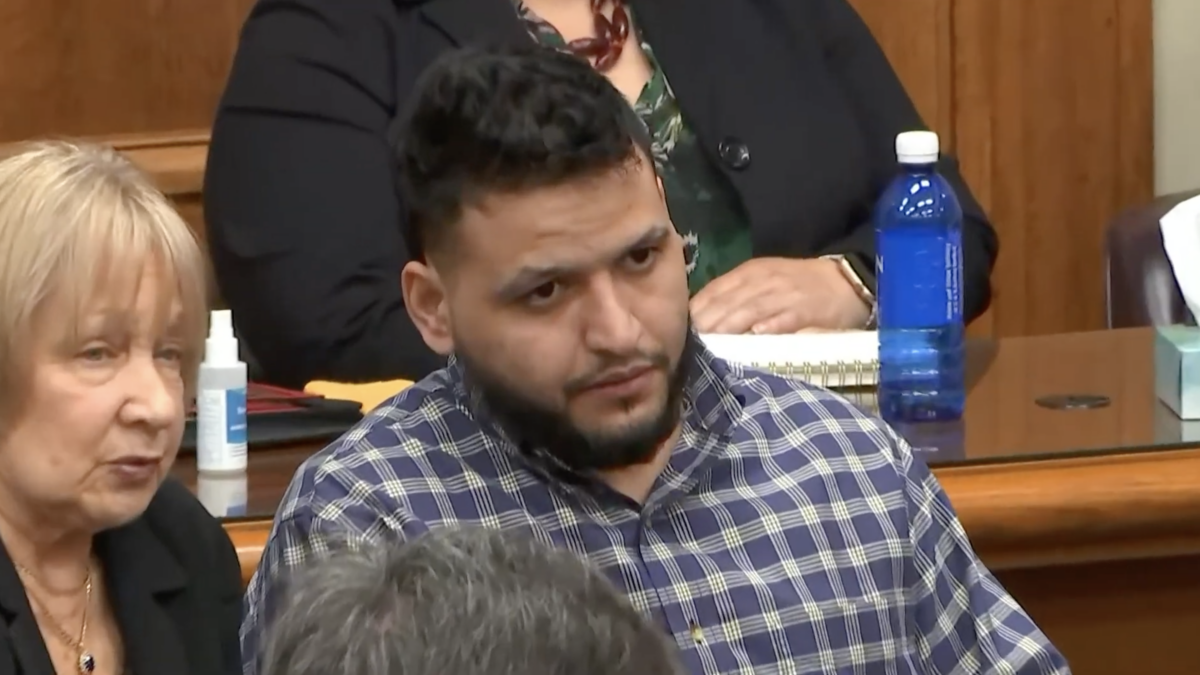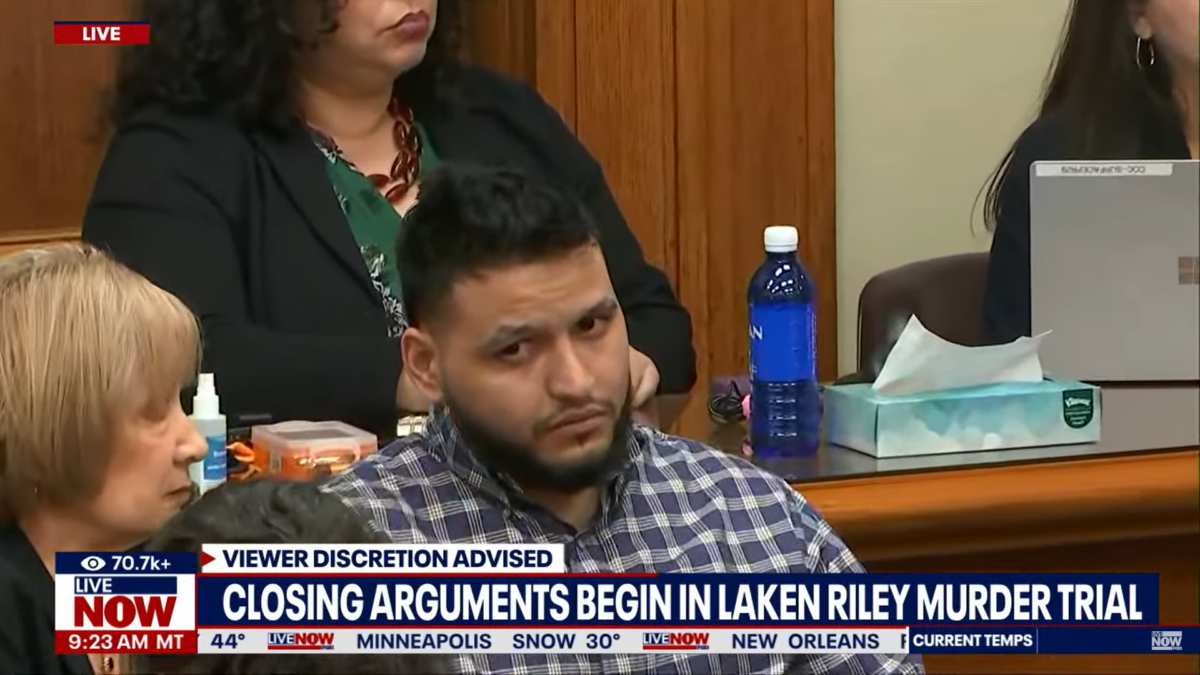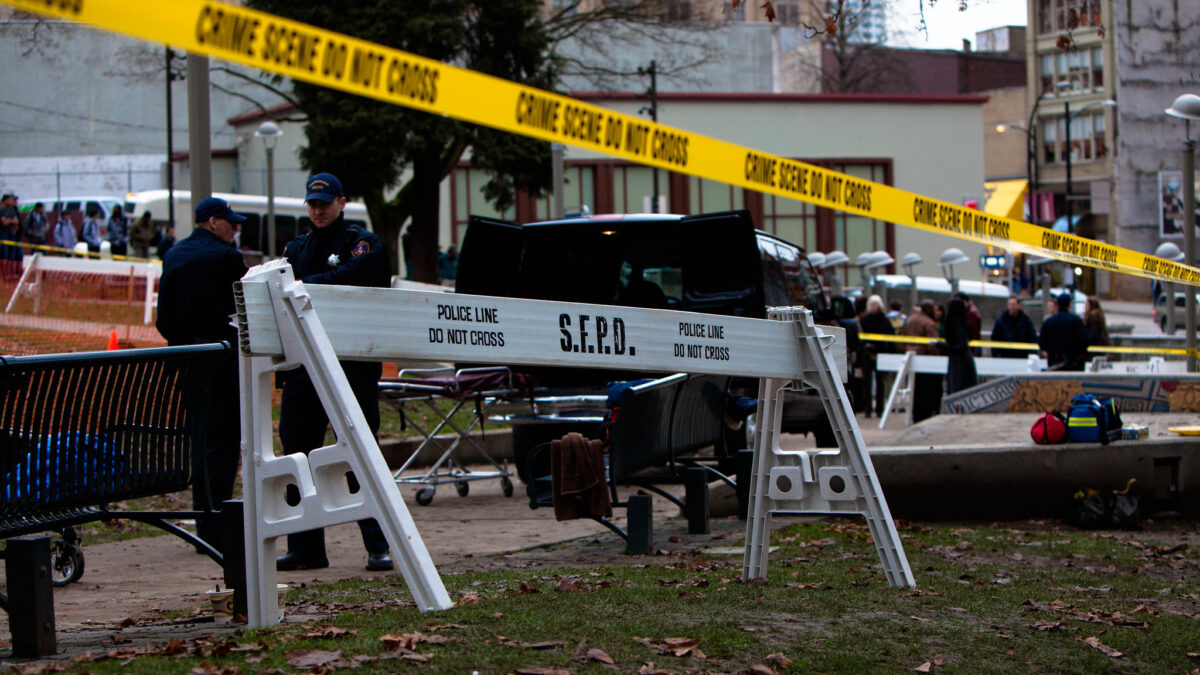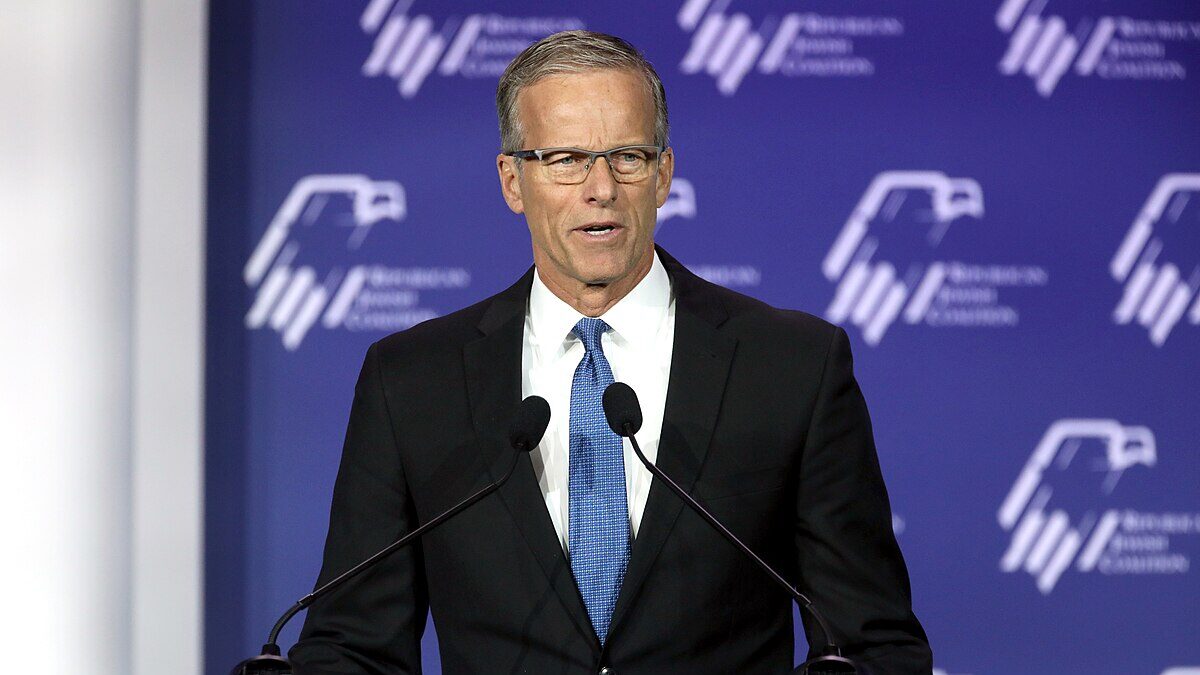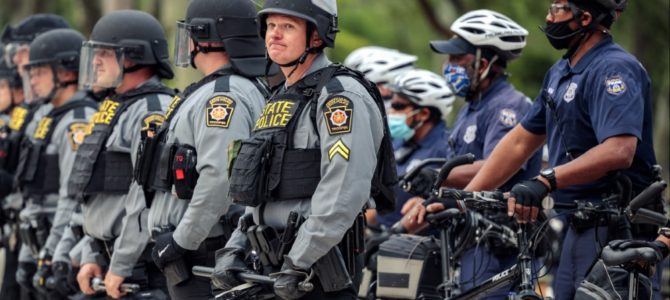
This past week, Minneapolis police officer Derek Chauvin was charged with the second-degree murder of George Floyd, a black man. Footage and photos of Floyd’s death launched protests and riots across the country. Despite there being no evidence yet that the officer was racist, it is simply assumed that racism motivated the Caucasian cop’s abusive actions.
Law enforcement officers can be careless or abusive without being racist. In Dallas, in 2016, a Caucasian man died after being arrested in the exact same way. The officers joked about the man being asleep, but he had died after pleading for help “more than 30 times.”
On Fox News Sunday this past weekend, host Chris Wallace mentioned a handful of cases that he thought showed a racist pattern. He pointed to Ahmaud Arbery, a black man who was shot dead by a retired police officer in February while out jogging in Georgia. He also mentioned a recent disturbing incident in New York’s Central Park, where a Caucasian woman who was walking her dog called police to report that she was being threatened by “an African-American man.” The man simply told her that the law requires her to keep her dog on a leash.
It’s worth recalling that following the nationwide riots after the Michael Brown shooting, the “Hands up, don’t shoot” aspect of the story was revealed to be false.
The media have helped create a biased perception that is far from the reality of shootings by police. A study conducted by the Crime Prevention Research Center (where I serve as president) found that when a Caucasian officer kills a suspect, the media usually mention the race of the officer. When the offending officer is black, however, any news coverage rarely mentions race.
Furthermore, there’s ample evidence that black Americans aren’t all that fed up with the police. A July 2017 Quinnipiac University poll in New York City found that black Americans strongly support the cops in their own neighborhoods—62 percent approved compared to just 35 percent who disapproved. That approval rating was 11 percent higher than for the New York City Police Department as a whole. It makes sense that people only know their local cops but rely on media reports to form impressions about the parts of the city they are less familiar with.
More recently, a Monmouth University poll surveyed a national sample of 807 adults between May 28 to June 1, 2020, and found that Americans of all races are largely supportive of their local police departments.
https://twitter.com/RyanGirdusky/status/1268198550908940290?s=09
Through our own extensive research, my organization found 2,699 instances of police shootings across the nation from 2013-2015. That’s far more than the FBI found since its data is limited to only 1,366 cases voluntarily provided by police departments.
The FBI data has other problems, as well: It disproportionately includes cases from heavily minority areas, giving a misleading picture of the frequency at which blacks are shot.
Our database keeps track of characteristics of both the suspect and the officer involved in each shooting, local violent crime rates, demographics of the city and police department, and many other factors that help determine what causes police shootings.
Officers kill black Americans at a higher rate than their share of the population: 25 percent of the suspects killed were black, 45 percent Caucasian, and 16 percent Hispanic. But that isn’t true where the highest concentration of deaths occur. Black suspects tend to die in larger cities with populations averaging over 600,000 (overwhelmingly run by Democrats), while Caucasians are killed in smaller cities with an average population of 250,000.
Caucasian suspects were slightly more likely to be holding a firearm than blacks (63 percent to 61 percent). Black and Caucasian suspects where both equally likely to have been involved in violent crime when they lose their lives, though blacks who died were more likely to be involved in drug or property offenses.
It’s important to note, however, that police generally have more challenging jobs in cities where blacks are killed. The average city where blacks are killed had a 61 percent higher violent crime rate and a 126 percent higher murder rate than where the average Caucasian was killed.
After accounting for these and other factors, including the average differences across police departments to deal cultural differences in departments, we found that black officers were at least as likely as their Caucasian peers to kill black suspects, but that black officers were more likely to kill unarmed blacks than were Caucasian officers.
The data offered some advice for reducing these attacks. While it can’t explain all instances such as George Floyd’s case, usually when more police are present at the scene of a confrontation with a civilian, suspects face reduced odds of being killed. For each additional officer, there is about a 14 to 18 percent reduction in the suspect’s chances of being killed.
This makes intuitive sense. Officers feel more vulnerable if they are alone at the scene, making them more likely to resort to deadly force. Also, suspects may be emboldened and resist arrest when fewer officers are present.
It is a dangerous fiction that prejudiced Caucasian officers are going out and disproportionately killing black men. But that doesn’t mean that measures can’t be taken to reduce shootings by police. The most obvious step would be to increase the number of officers, to avoid forcing lone, vulnerable officers to make life-or-death decisions.


